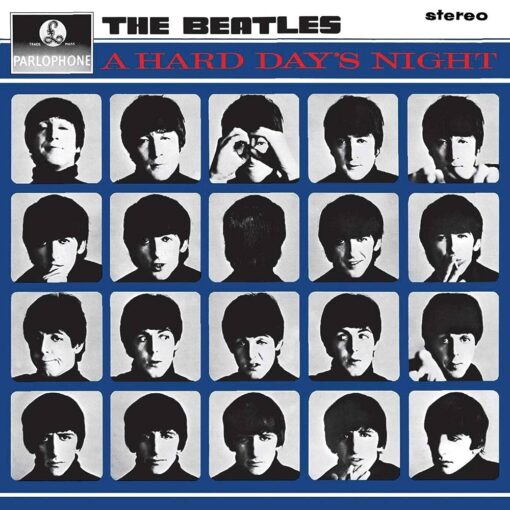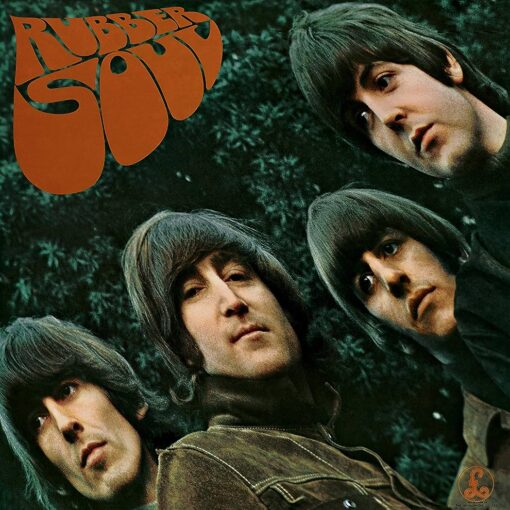Published on 1968
Author: Lennon/McCartney
Track 28 on “The Beatles – White Album“
Table of Contents
Lennon’s quotes about “Cry Baby Cry”
JOHN 1968: “I’ve got another one here… a few words… I think I got them from an advert. ‘Cry baby cry, make your mother BUY.’ I’ve been playing it over and over on the piano. I’ve let it go now, but it will come back if I really want it. Sometimes I get up from the piano as if I’ve been in a trance, and I know I have let a few things slip away which I could have caught had I wanted something.”
JOHN 1980: “A piece of rubbish.”
About “Cry Baby Cry”
“Cry Baby Cry” is a compelling composition featured on 1968 double album, universally recognized as the “White Album“. The song bears the distinct mark of John Lennon’s songwriting, though it is attributed to the enduring Lennon-McCartney partnership. Additionally, the song’s coda, a brief interlude known as “Can You Take Me Back,” is attributed to Paul McCartney, originating from an outtake of the “I Will” session.
Demos suggest that Lennon crafted the song in late 1967, its original lyrics being “Cry baby cry, make your mother buy.” Lennon recounted to biographer Hunter Davies how he drew inspiration from an advertisement for these words. The song also loosely incorporates elements from the nursery rhyme “Sing a Song of Sixpence.”
During the recording of “Cry Baby Cry,” the Beatles’ esteemed recording engineer, Geoff Emerick, tendered his resignation. This decision was prompted by Lennon and McCartney’s intense focus on the recording of “Revolution” and “Ob-La-Di, Ob-La-Da,” respectively, as well as the overall tensions during the sessions. Emerick did not collaborate with the Beatles again until the session for “The Ballad of John and Yoko” nine months later.
On July 16, 1968, following an extensive day of rehearsal, the foundational tracks were laid down. This included Lennon’s guitar part and introductory vocal, McCartney’s bass, Ringo Starr’s drums, Lennon’s piano, and George Martin’s harmonium. Additional elements were overdubbed two days later, encompassing Lennon’s lead vocal, falsetto backing vocals and tambourines by Lennon and McCartney, Martin’s harmonium introduction, tea-related sound effects, and George Harrison’s lead guitar, a Gibson Les Paul generously loaned by Eric Clapton.
The album seamlessly segues into an impromptu and uncredited track sung by Paul McCartney. Although it originally had no formal title, it eventually became known as “Can You Take Me Back?” due to its recurring lyric. This track has been officially recognized as such on the 50th anniversary edition of The Beatles. It emerged from an improvised jam recorded by McCartney during a September 16, 1968 session for “I Will.”
In observance of the 50th anniversary of its release, Jacob Stolworthy of The Independent ranked “Cry Baby Cry” at number 19 among the 30 tracks on the White Album. He remarked that Lennon incorporated elements from the nursery rhyme ‘Sing a Song of Sixpence,’ and noted the eerie McCartney segment titled “Can You Take Me Back?” He described the song as “unremarkable, but remains easy listening.” A version of the song is also included on the Anthology 3 album.
Meaning of “Cry Baby Cry”
“Cry Baby Cry” is a song with surreal and evocative lyrics, which create a dreamlike atmosphere. The meaning of the song is somewhat ambiguous and open to interpretation, as with many of John Lennon’s compositions.
The lyrics consist of a series of vignettes, each depicting different scenes and characters. It doesn’t follow a conventional narrative structure but rather presents a sequence of images and emotions. The repeated phrase “Cry baby cry, make your mother sigh” adds to the haunting quality of the song.
“Cry Baby Cry” can be seen as a reflection of Lennon’s interest in creating abstract and evocative imagery through his songwriting. It invites listeners to form their own interpretations and emotional connections to the music.
In terms of meaning, “Can You Take Me Back?” doesn’t have a specific narrative or defined lyrics. It’s more of an impromptu vocalization. However, given its placement after “Cry Baby Cry,” some listeners have interpreted it as an emotional plea or a moment of vulnerability. McCartney’s delivery is somber and plaintive, which adds to the song’s reflective tone.
This snippet is relatively open to interpretation: some may view it as a continuation of the sentiments expressed in “Cry Baby Cry,” while others may see it as a separate, emotional punctuation mark to the song.
Personnel
“Cry Baby Cry”
- John Lennon – lead vocal and harmony vocal, falsetto vocals, acoustic guitar, piano, organ
- Paul McCartney – bass guitar, falsetto vocals
- George Harrison – lead guitar
- Ringo Starr – drums, tambourine
- George Martin – harmonium
“Can You Take Me Back?”
- Paul McCartney – lead vocal, acoustic guitar
- John Lennon – percussion, maracas
- Ringo Starr – bongos
How to play “Cry Baby Cry” on guitar
“Cry Baby Cry” features an acoustic guitar throughout the song played by John Lennon. It has a fingerpicked pattern that complements the melancholic tone of the song. Lennon’s fingerpicking style adds a gentle and emotive quality to the track, supporting the vocals and the overall mood of the piece. It’s a key element in creating the haunting and reflective atmosphere of the song.
In the following videos you can learn how to play “Cry Baby Cry” on guitar:
How to play “Cry Baby Cry” on bass
In “Cry Baby Cry” the bass guitar, played by Paul McCartney, provides a steady and supportive foundation for the song. The bassline in this track is relatively straightforward but complements the rest of the instruments well. It follows the chord changes and maintains the song’s rhythmic structure, anchoring the melody and harmonies provided by the vocals, guitar, and other instruments. McCartney’s bass playing in this song is precise and foundational, contributing to the overall depth and cohesion of the music.
The following video features a bass cover of “Cry Baby Cry”:
“Cry Baby Cry” karaoke
For those who want to try singing “Cry Baby Cry”, the following video features a good karaoke version of the song:



